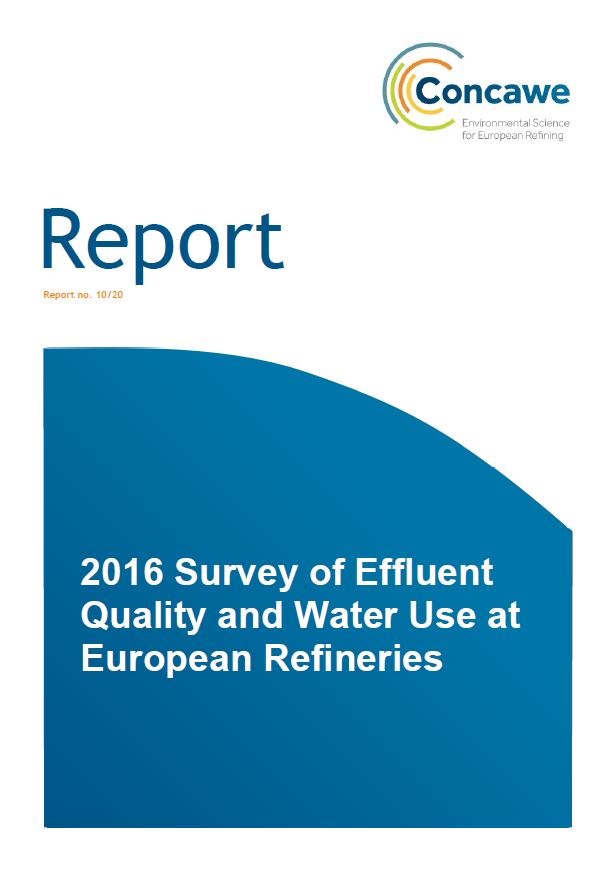Concawe Reports
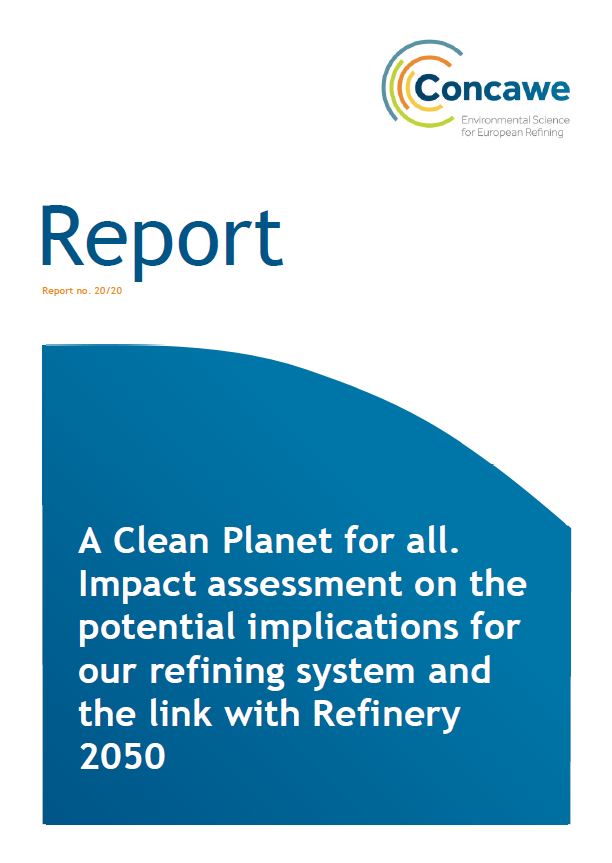
Reports
A Clean Planet for all. Impact assessment on the potential implications for our refining system and the link with Refinery 2050 (Concawe Report 20/20)
Report no. 20/20: The “A Clean Planet for All” long-term strategy published by the European Commission (DG CLIMA) in 2018 analyses different long-term scenarios that could lead to significant GHG...
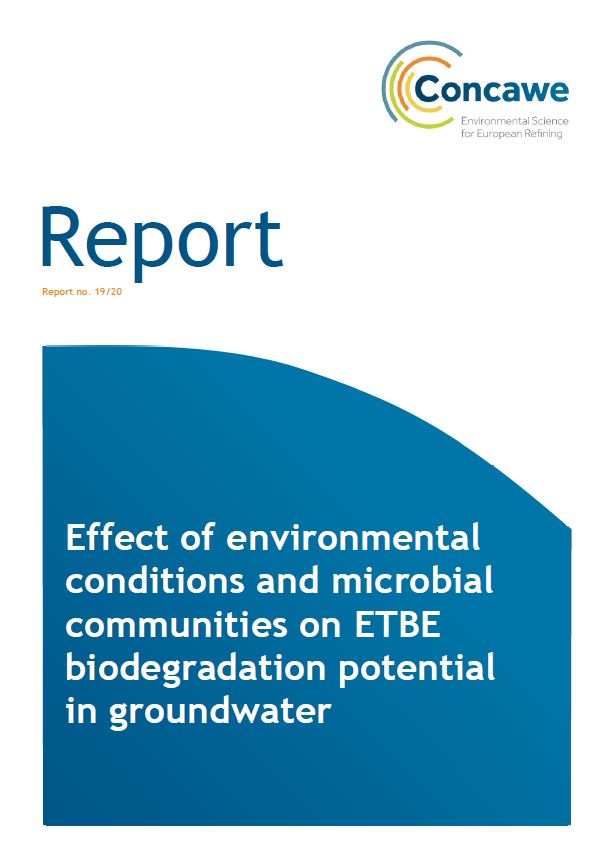
Reports
Effect of environmental conditions and microbial communities on ETBE biodegradation potential in groundwater
Report no. 19/20: This report describes research carried out to determine: a) the environmental conditions which may support Ethyl tert butyl ether (ETBE) biodegradation in groundwater, b) the prevale...
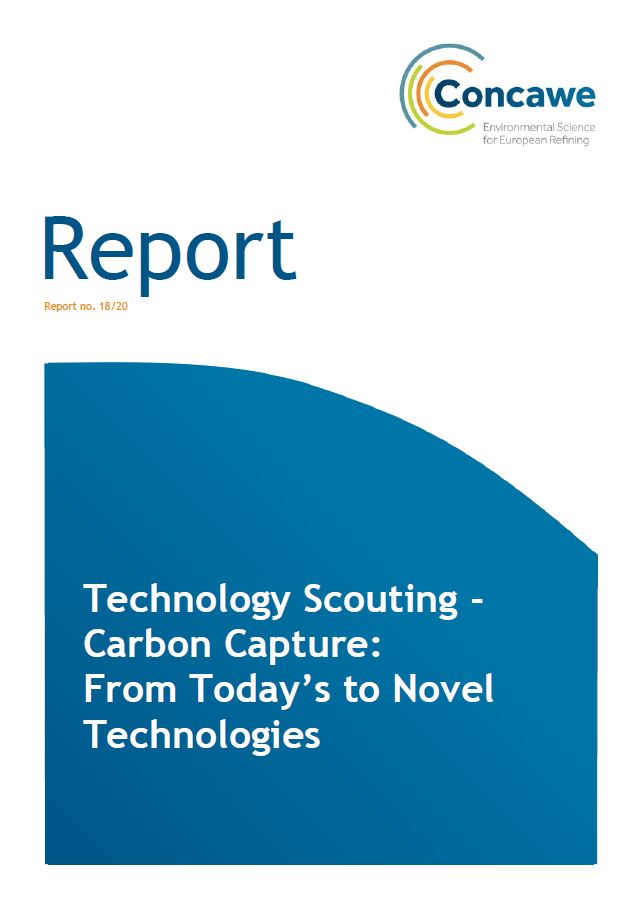
Reports
Technology Scouting – Carbon Capture: From Today’s to Novel Technologies (Concawe Report 18/20)
Report no. 18/20: The EU Commission has recently published its long-term strategic vision exploring different scenarios leading to an EU low-carbon economy by 2050. In all these scenarios, the Carbon...
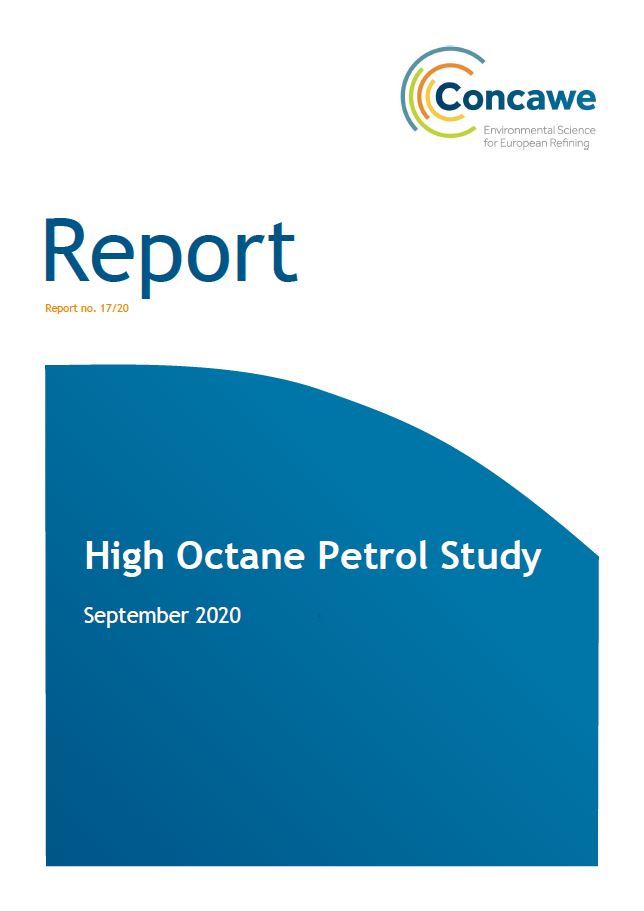
Reports
High Octane Petrol Study
Report no. 17/20: The long-term goal of the EU is the ambition of climate neutrality by 2050 (EU Energy Roadmap 2050). As an introduction to reach this target, vehicle efficiency targets for passenger...
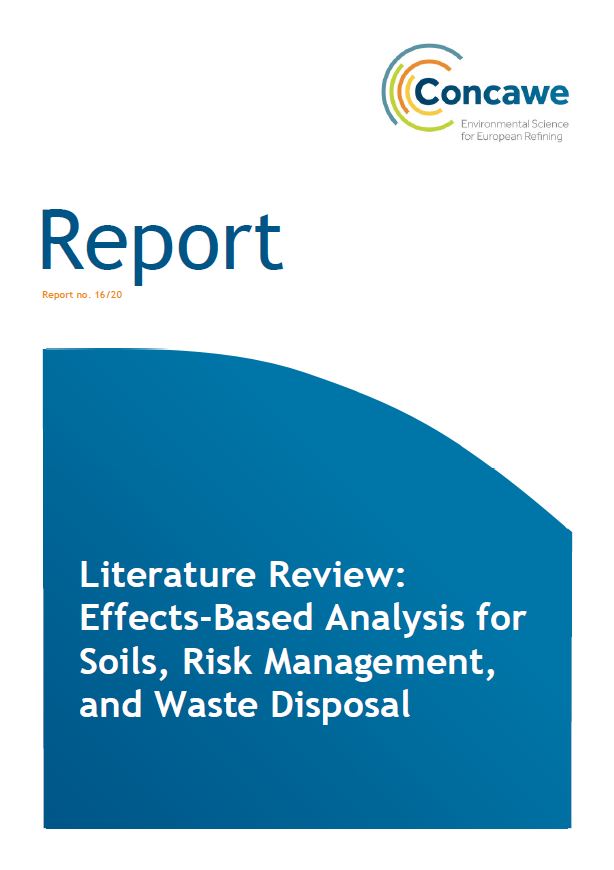
Reports
Literature Review: Effects-Based Analysis for Soils, Risk Management, and Waste Disposal
Report no. 16/20: Classification of wastes is based on different pieces of legislation including the Waste Framework Directive (Directive 2008/98/EC) (WFD), as well as EU Member State guidance, that c...
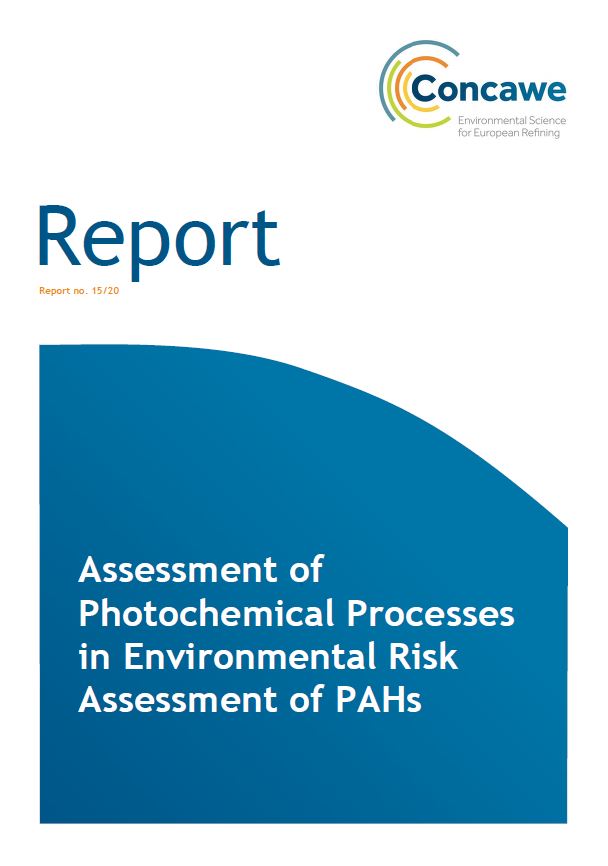
Reports
Assessment of Photochemical Processes in Environmental Risk Assessment of PAHs
Report no. 15/20: Petroleum substances may contain polyaromatic hydrocarbons (PAHs) that can interact with sunlight. These interactions can increase hazard, via photo-enhanced toxicity, and reduce exp...

Reports
Review of water treatment systems for PFAS removal
Report no. 14/20: The group of perfluoroalkyl and polyfluoroalkyl substances (PFAS) is a large family of anthropogenic substances with a wide range of industrial applications. Due to their specific pr...
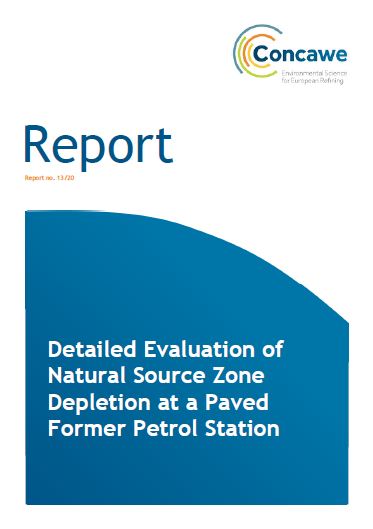
Reports
Detailed Evaluation of Natural Source Zone Depletion at a Paved Former Petrol Station
Report no. 13/20: This report presents the results of an investigation that was carried out to demonstrate Natural Source Zone Depletion (NSZD) occurred under a paved site and compare various monitori...
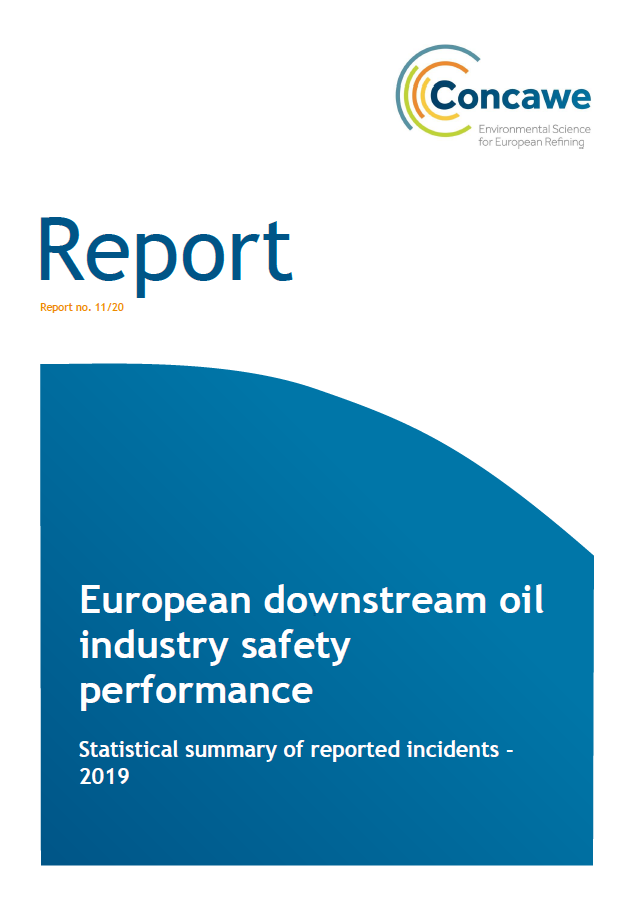
Reports
European downstream oil industry safety performance
Report no. 11/20: The 2019 annual report on European downstream oil industry safety performance presents work-related personal injuries for the industry’s own employees and contractors and process s...
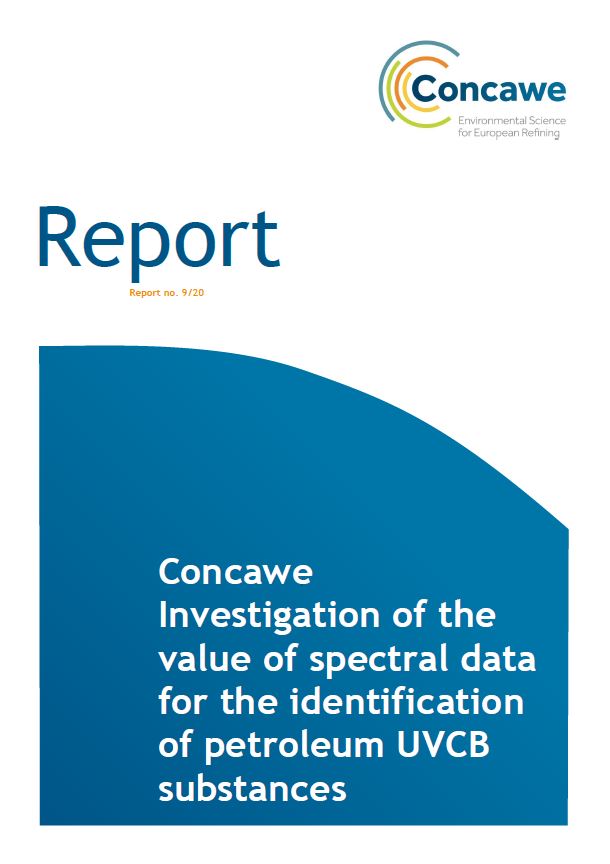
Reports
Concawe – Investigation of the value of spectral data for the identification of petroleum UVCB substances (report no. 9/20)
Report no. 9/20: This report provides further information on the value of spectral data generated from the Concawe Analytical Program, and provides scientific justification that spectral data provides...
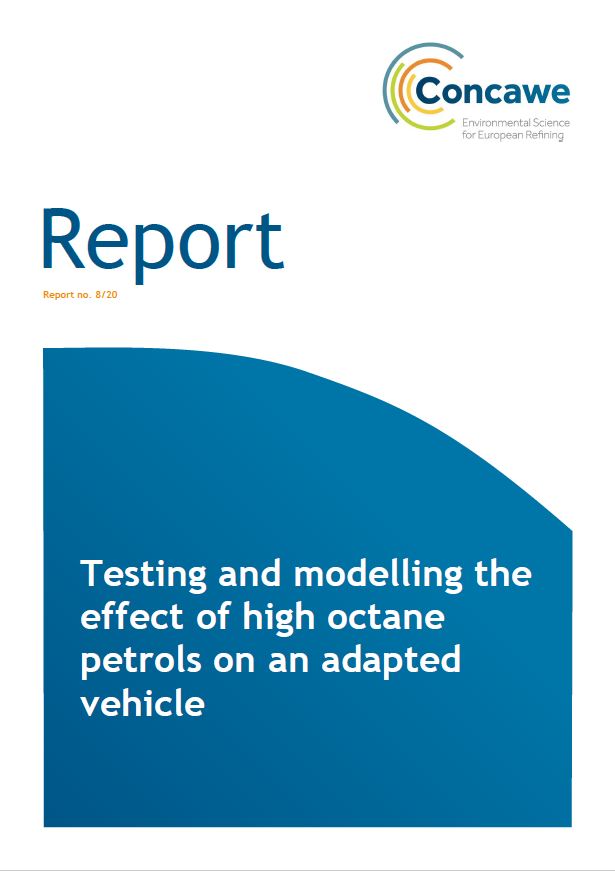
Reports
Testing and modelling the effect of high octane petrols on an adapted vehicle
Report no. 8/20: Gasoline combustion has traditionally been measured using Research Octane Number (RON) and Motor Octane Number (MON) which describe antiknock performance under different conditions. A...
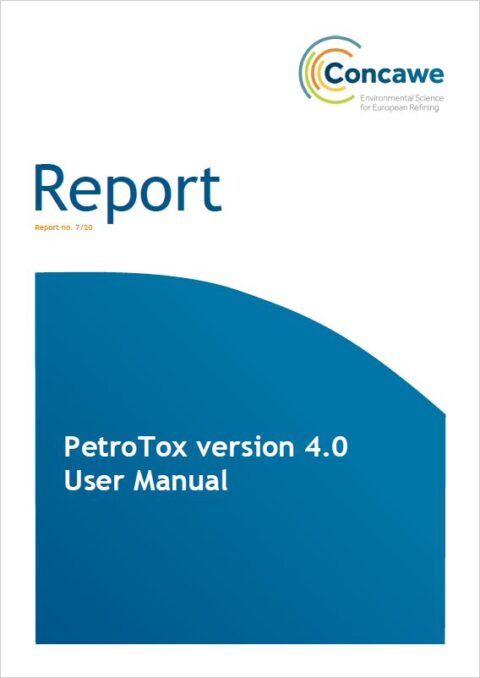
Reports
PetroTox version 4.0 User Manual
Report no. 7/20: PetroTox is a modelling tool implementing the Target Lipid Model (TLM) for the calculation of the aquatic toxicity of complex hydrocarbon mixtures. The model allows for the calculatio...
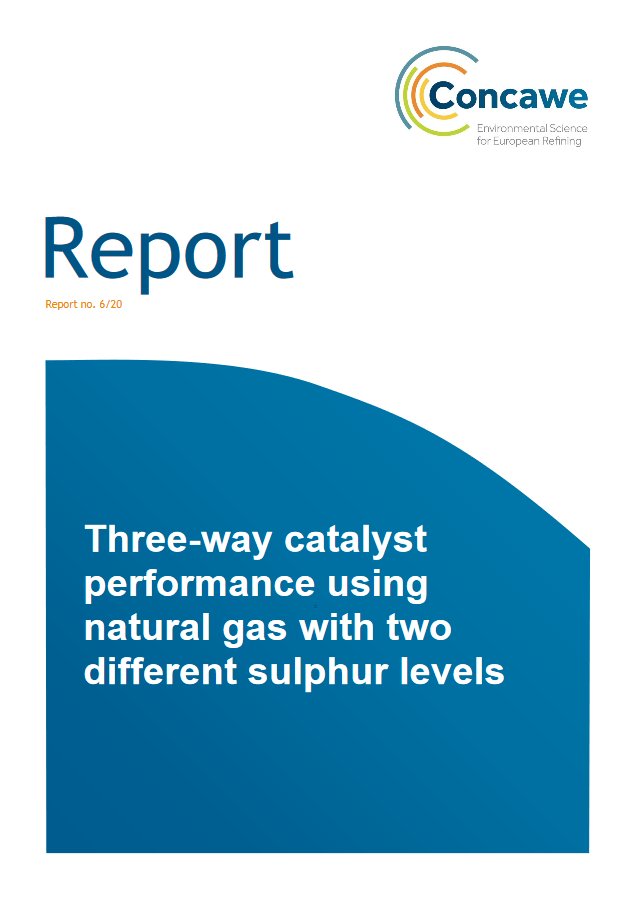
Reports
Three-way catalyst performance using natural gas with two different sulphur levels
Report no. 6/20: Stoichiometric engines running on natural gas rely on three-way catalysts to meet limits e.g. Euro 6 regarding emissions of hydrocarbons (including methane), carbon monoxide and oxide...
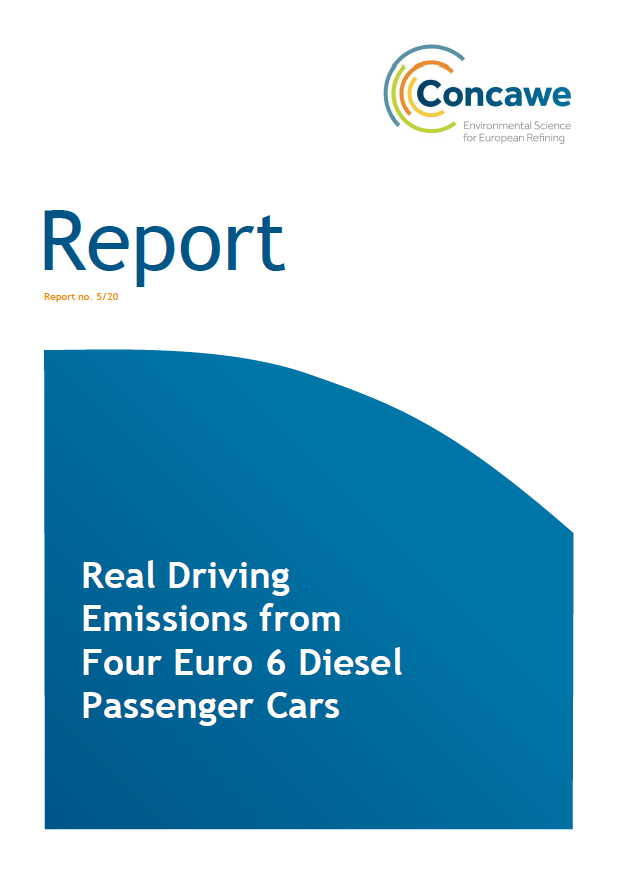
Reports
Real Driving Emissions from Four Euro 6 Diesel Passenger Cars
Report no. 5/20: In Europe, the development and implementation of new regulatory test procedures including the chassis dynamometer (CD) based World Harmonised Light Duty Test Procedure (WLTP) and the...
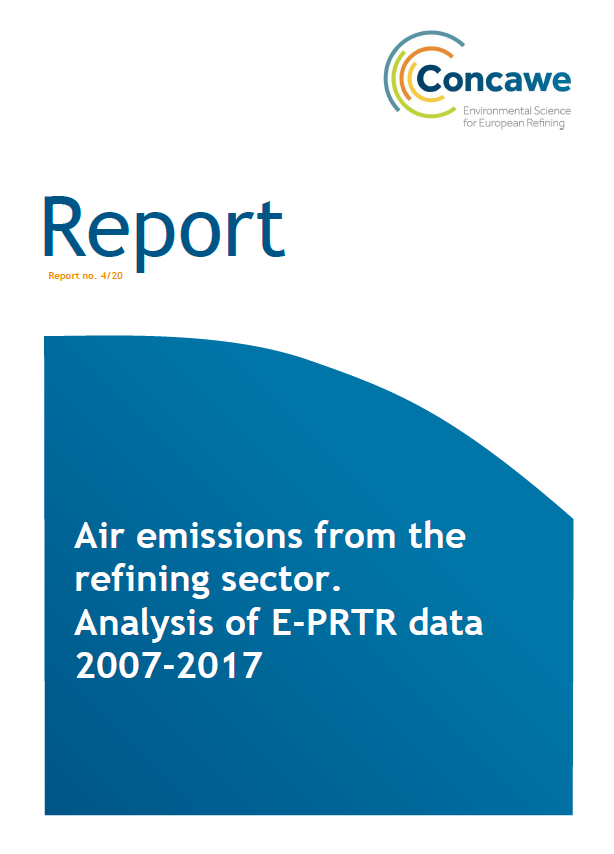
Reports
Air emissions from the refining sector. Analysis of E-PRTR data 2007-2017
Report no. 4/20: This report is an updated version of the Concawe Report No 4/18 providing a review of the air pollutant emissions data submitted by national authorities for oil refineries in the Euro...

Reports
Aquatic toxicity of petroleum substances: Extending the validation of the biomimetic extraction (BE) method for use in hazard assessments
Report no. 3/20: Analysis of Water Accommodated Fractions (WAFs) of petroleum product samples using Biomimetic Extraction (BE) with solid phase microextraction (SPME) predicts accumulation and baselin...
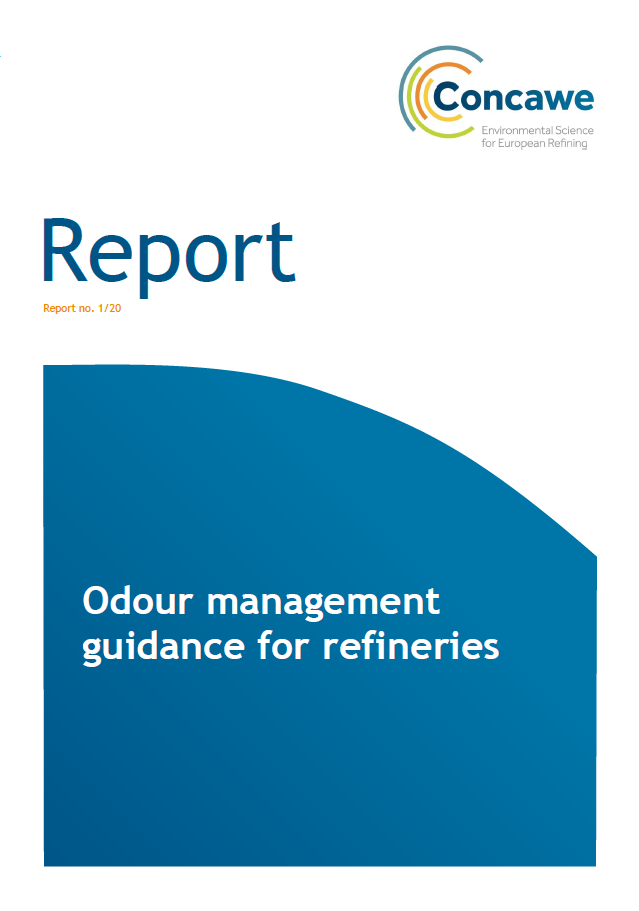
Reports
Odour management guidance for refineries
Report no. 1/20: This document aims to help refineries, in conjunction with any existing national guidance, to develop methods to prevent odour nuisance and how to manage a complaint should an odour e...
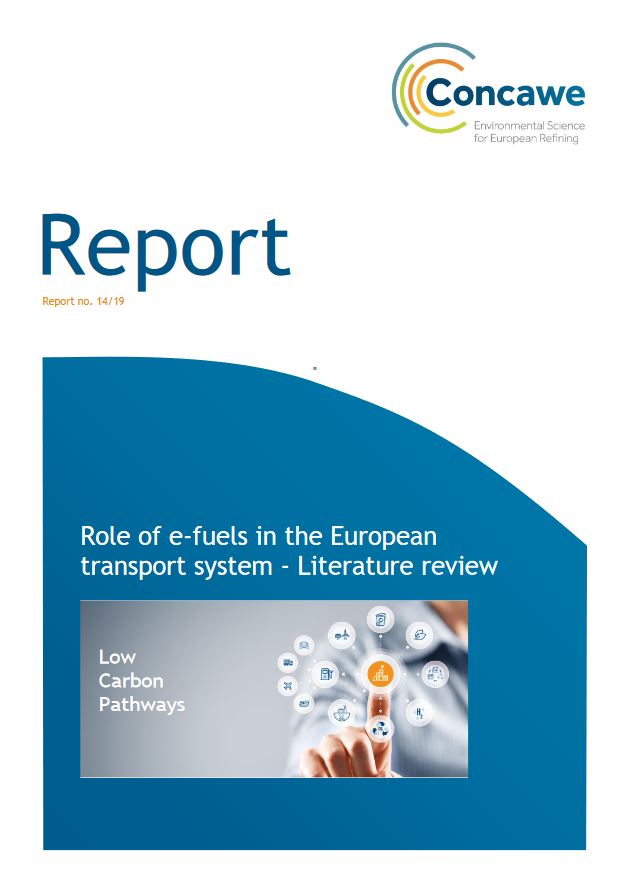
Reports
Role of e-fuels in the European transport system – Literature review
Report no. 14/19: In December 2015, COP21 in Paris made an important step to address the risks posed by climate change and to keep the global temperature increase to “well below 2°C” and drive ef...
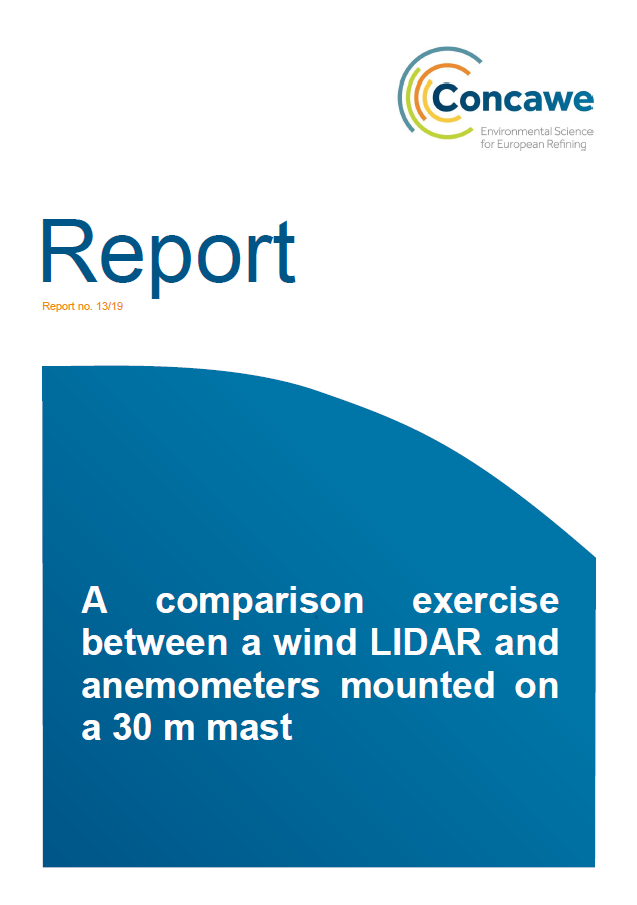
Reports
A comparison exercise between a wind LIDAR and anemometers mounted on a 30 m mast
Report no. 13/19: This report describes the results of a side-by-side comparison of a ZephIR wind LIDAR with anemometers mounted on a 30 m meteorological mast at an open-field site. The work was done...

Reports
A study of wind flow around a refinery
Report no. 12/19: Assessment of diffuse emissions using remote sensing needs appropriate information on vertical profiles of wind speed and wind direction. This information has then to be combined wit...
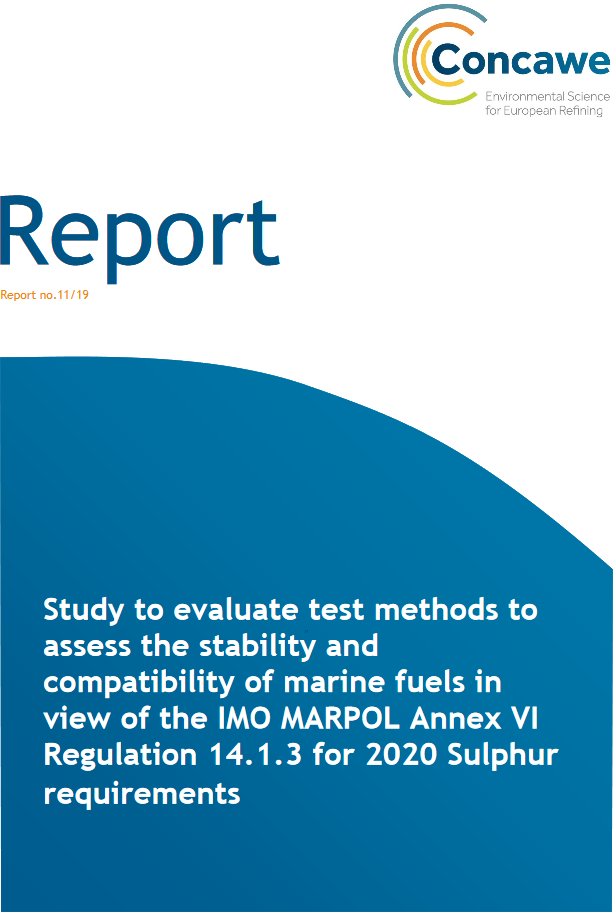
Reports
Study to evaluate test methods to assess the stability and compatibility of marine fuels in view of the IMO PARPOL Annex VI Regulation 14.1.3 for 2020 Sulphur requirements
Report no. 11/19: This report describes work sponsored and coordinated by Concawe and conducted by ISO/ TC28/ SC4/ WG6in view of the variety of fuel blend formulations expected to enter into the marke...
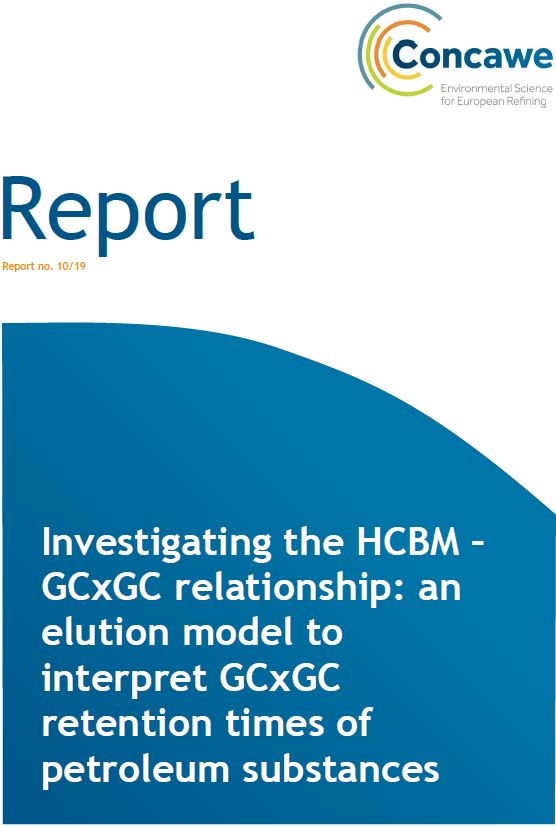
Reports
Investigating the HCBM – GCxGC relationship: an elution model to interpret GCxGC retention times of petroleum substances
Report no. 10/19: Risk assessments on petroleum substances (PS) are challenging due to the fact that these complex materials contain thousands of individual chemical components having widely differing...

Reports
Refinery 2050: Conceptual Assessment. Exploring opportunities and challenges for the EU refining industry to transition towards a low-CO2 intensive economy
Report no. 9/19: This report is the second in a series of publications that explore opportunities and challenges for EU refineries to integrate technologies and feedstocks that would reduce the fossil...
